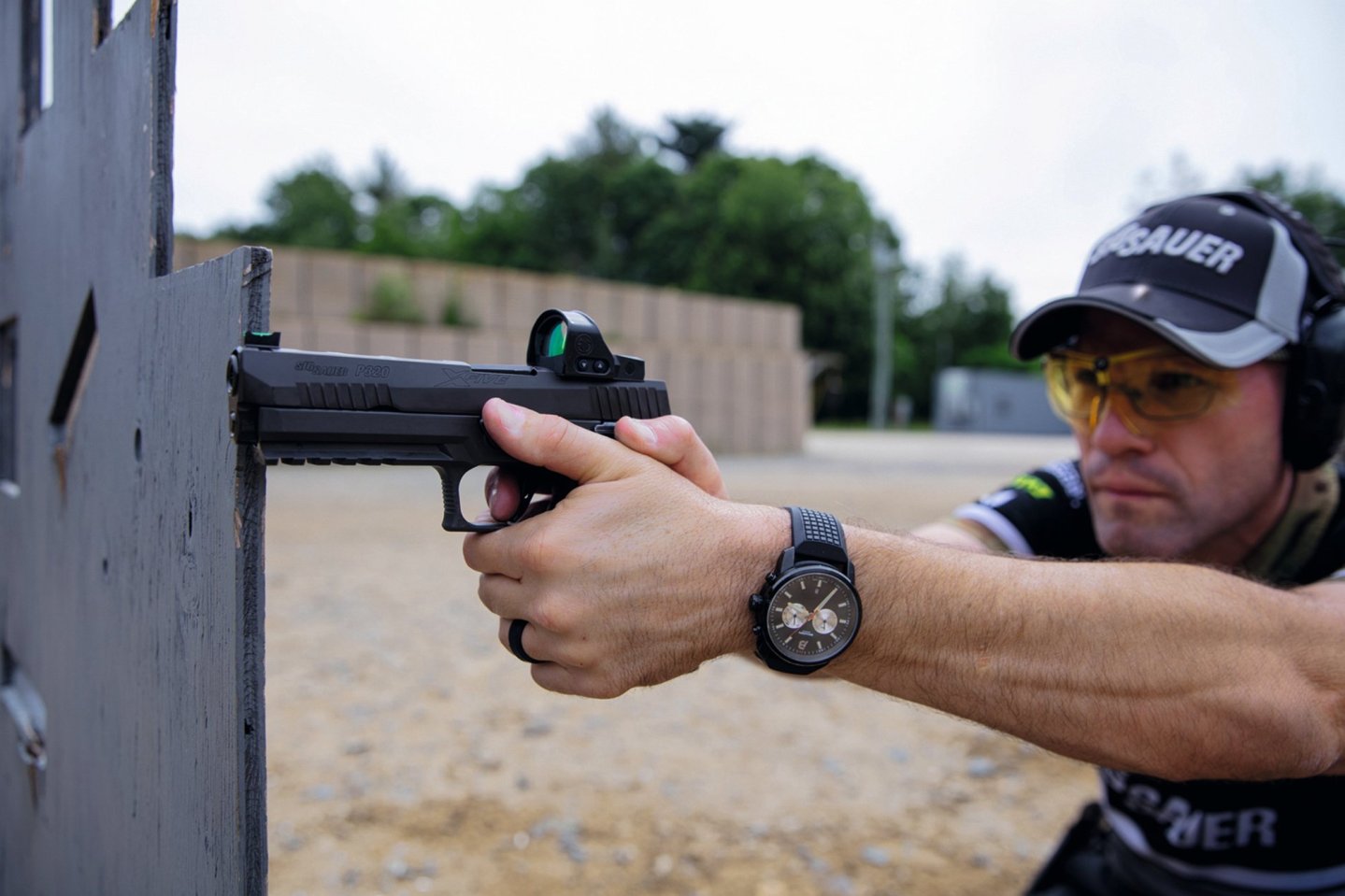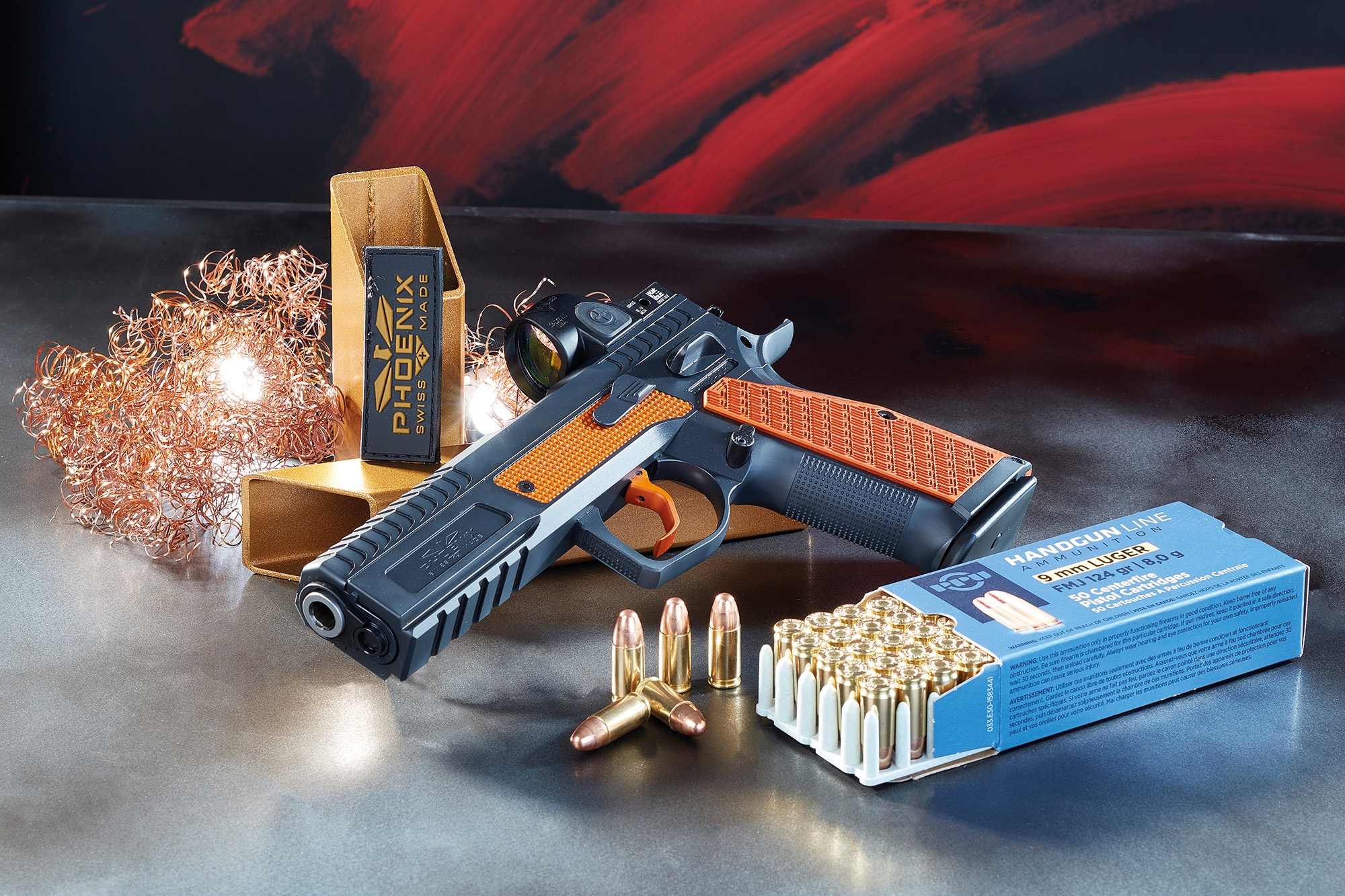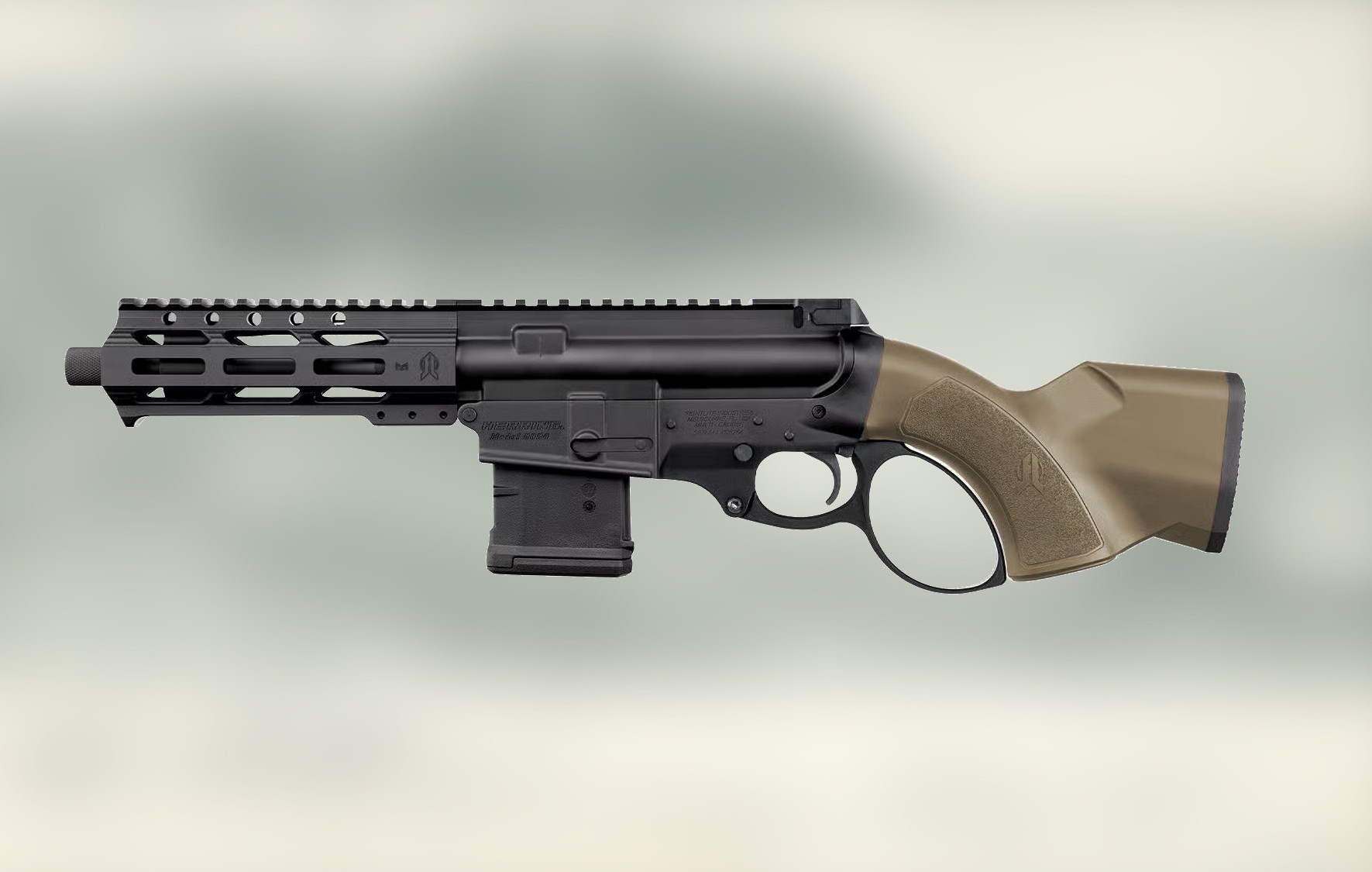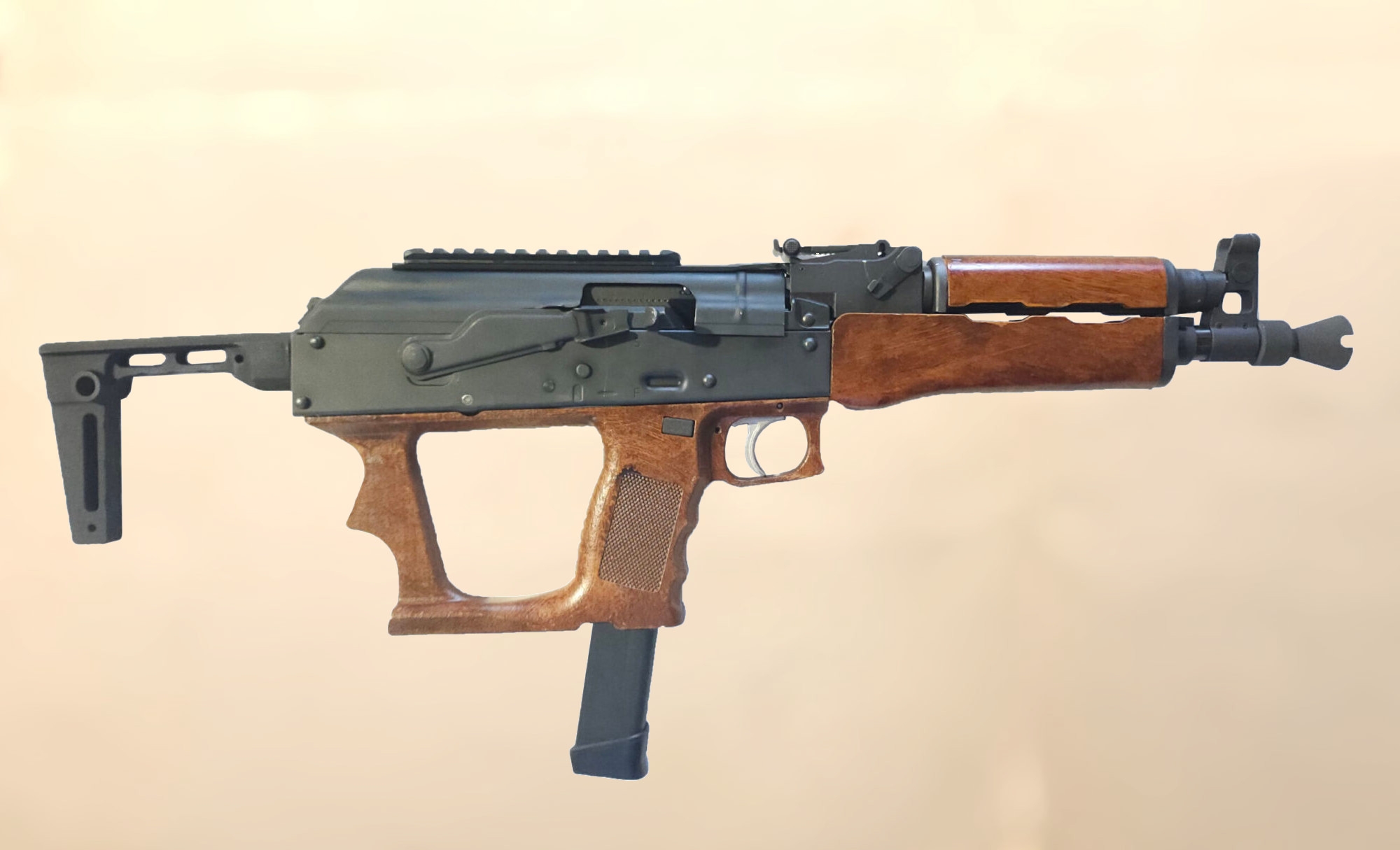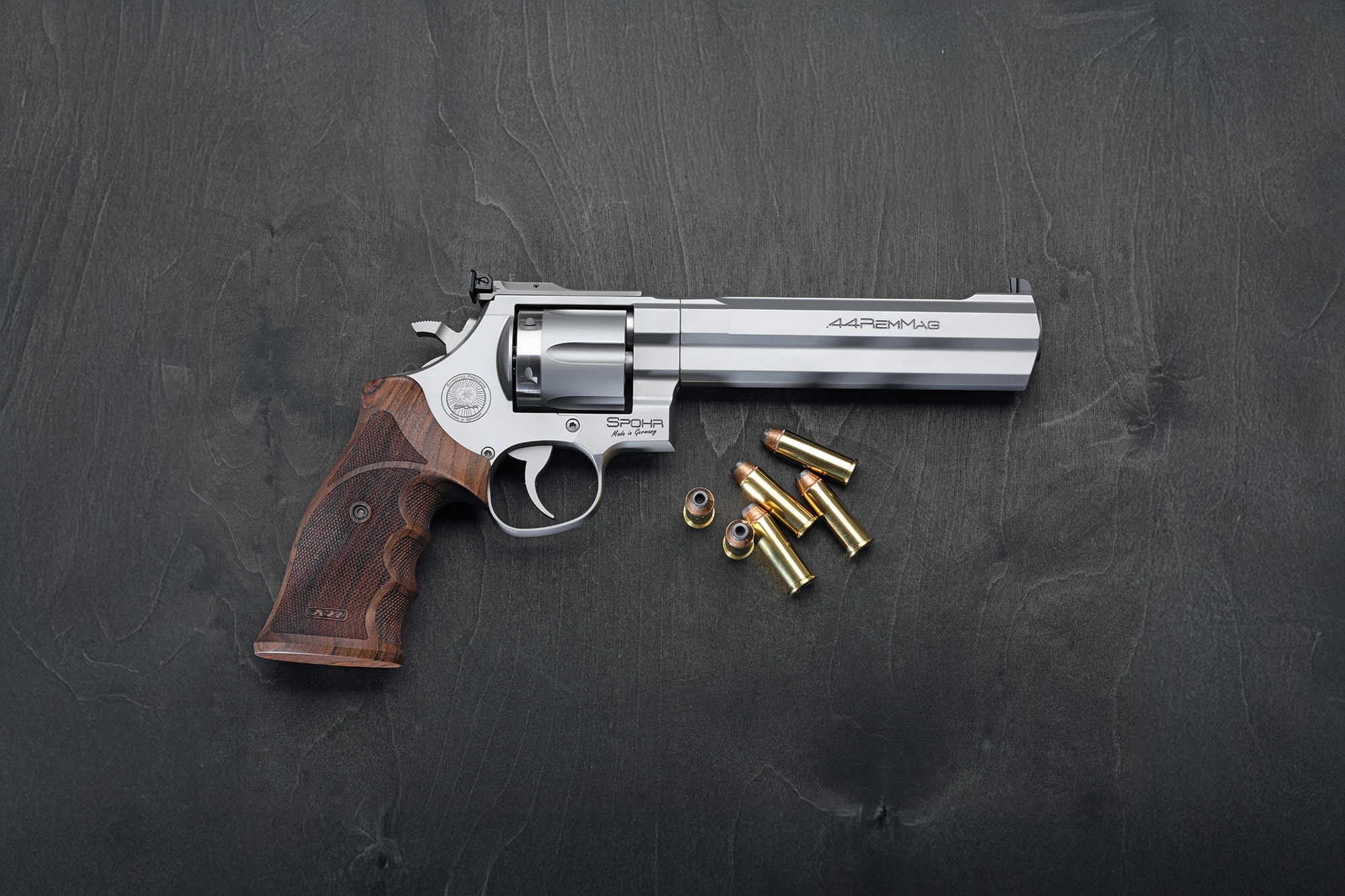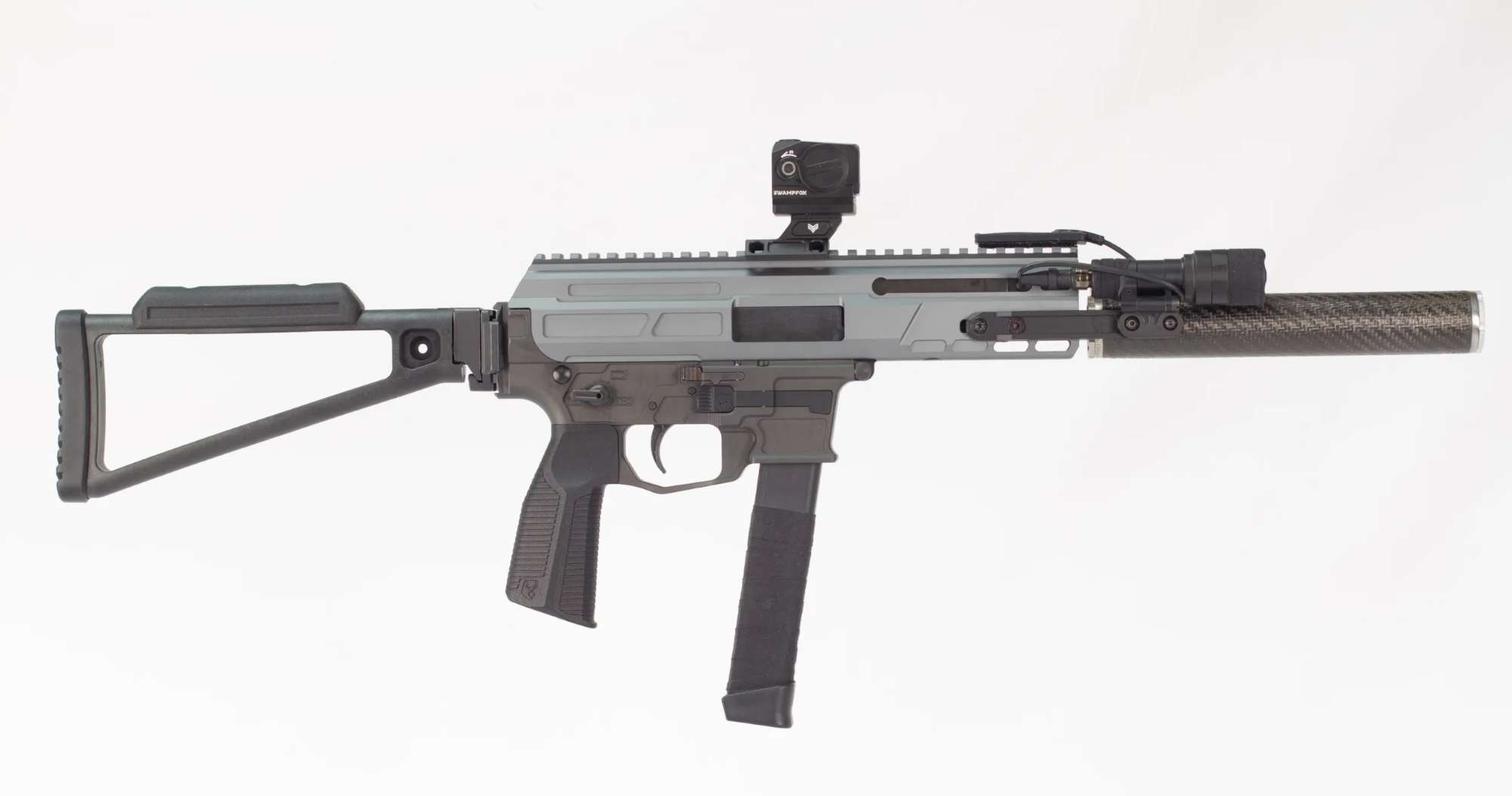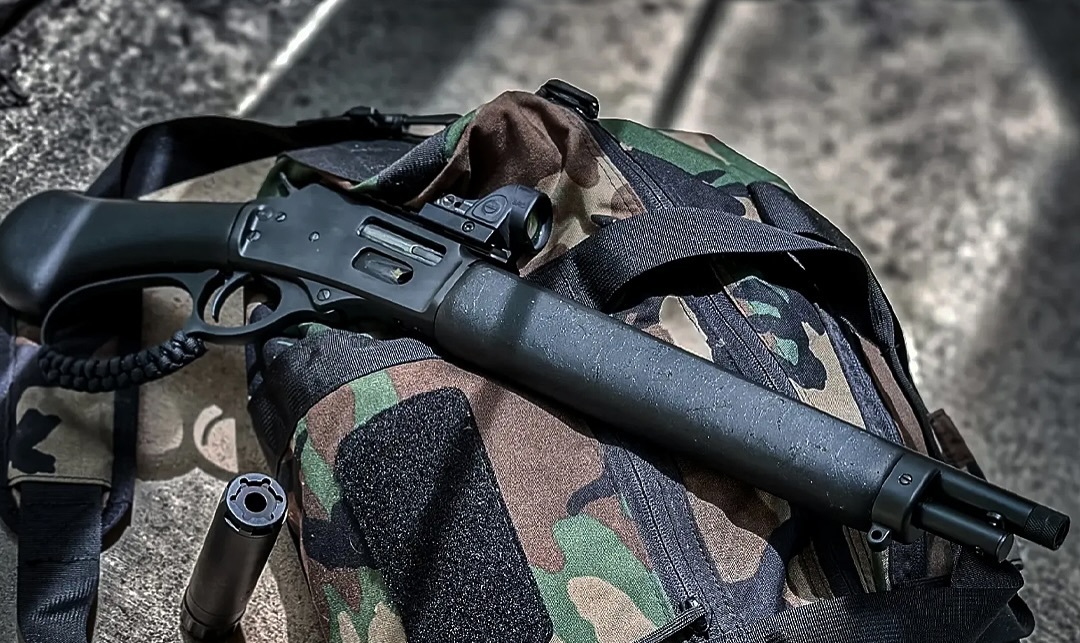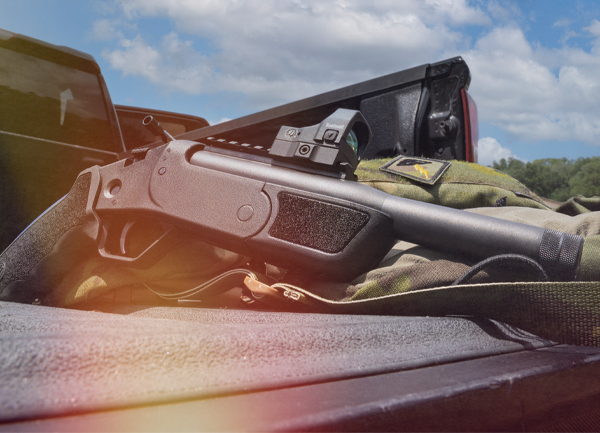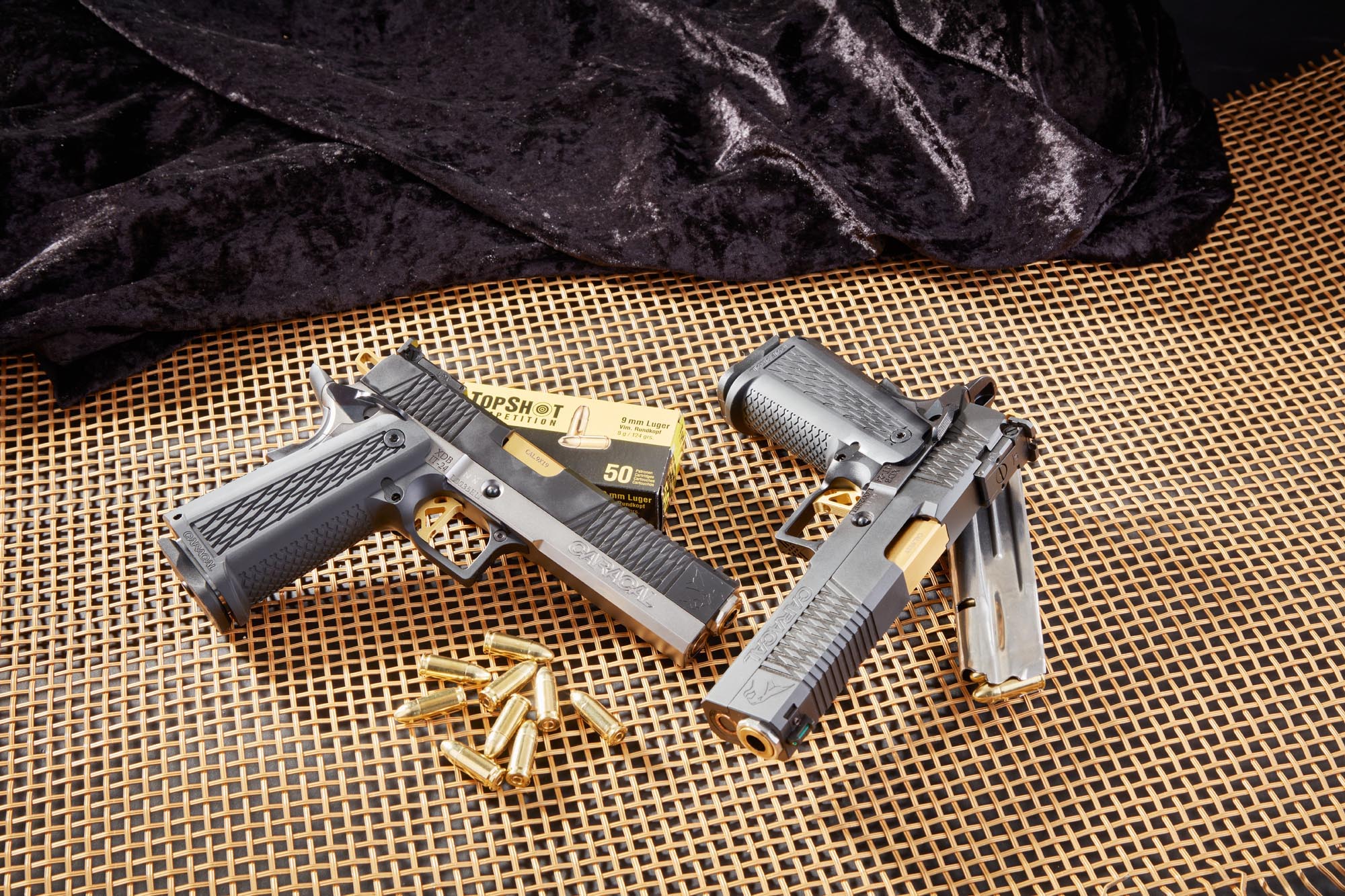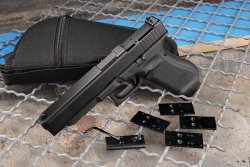
The advantages of red dot sights over iron sights are clear: the illuminated dot can be brought onto the target faster and more accurately (except at absolute close range) than centering the front sight perfectly in the rear sight notch. And older generations in particular enjoy the advantage of having to align only two objects with the eye, namely the illuminated dot and the target.
Deteriorating eyesight and more rapidly tiring eye muscles make it increasingly difficult to try to keep three points at different distances in focus as simultaneously as possible: rear sight, front sight and target. So nothing but advantages for the tiny red dots?
MRDS – Mini Red Dot Sights: lightweight, heavy-duty, expensive?
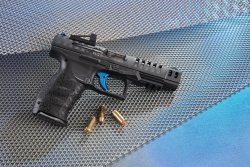
To avoid unnecessary weighting of the gun's slide and to keep the illuminated dot as low as possible above the hand, MRDSs must necessarily be designed to be extremely compact and lightweight. Despite their miniature size, mechanics and electronics demand an extremely rugged design. This is because a semi-automatic pistol transmits the recoil of the rear-moving slide to the optics much harder than would be the case with a rifle or shotgun, where the MRDS rests relatively peacefully on the rigid action or the barrel. If you base your purchase decision on the usual suspects, who have received international orders from law enforcement agencies and the military, 500 euros and more are quickly due for one of the small reflex sights. Then there is the problem of the height of the sighting line above the hand – lower is better in case of doubt. However, this gives manufacturers and developers even less room to accommodate electronics and mechanics in a housing that is as flat as possible. In addition, shooters should preferably opt for a red dot with a battery that can be replaced via a compartment that is accessible from the outside. This saves having to re-zero the gun, since the sights do not have to be removed to replace the power source.
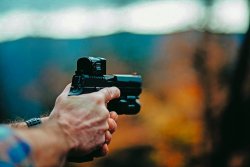
Mounting + fitting of red dot sights
MRDSs are usually mounted using an adapter plate, the underside of which fits exactly into the milling of the respective pistol model. However, there are relevant differences in this so-called "footprint", whereby most optics companies orient themselves to a handful of these footprints. Among the most common footprints are the mounting methods and dimensions of Noblex (formerly Docter), Trijicon RMR, Shield and C-More. Aimpoint has two footprints at once, "Micro" and "Acro".
Please note: adapter plates are not quite cheap, depending on the gun manufacturer, and often have to be purchased separately to match the individual reflex sight. Gun manufacturers such as GLOCK add a whole package of different adapter plates to their M.O.S. pistols right from the factory. Only with extremely small pistols do some brands commit to a single footprint, and the slide is then milled out in exactly that shape. This reduces the overall height of another valuable millimeter, because it saves from having to insert an adapter plate. But then only MRDS with exactly that footprint will fit. For the shooting range, this form of ultra-low mounting is rather less worthwhile, because you deprive yourself of too many options when choosing an MRDS.
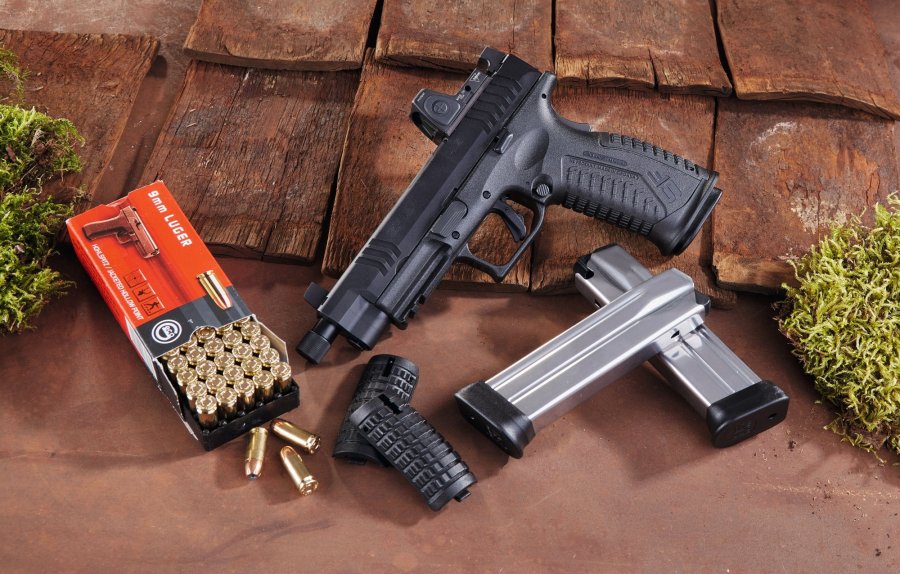
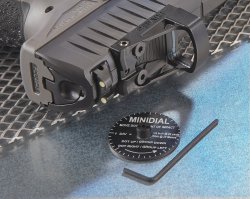
Since the idea of combining miniaturized reflex sights on the slide of a pistol comes more from the field of combat shooting, this is also where the largest selection of pistol models that are factory-ready for a red dot can be found. This is particularly noticeable in the case of polymer-framed guns: there is hardly a medium-sized gun manufacturer today that does not have at least one model in its range that can be upgraded with an MRDS. The blue chips among pistol manufacturers, from B for Beretta to W for Walther, all have such semi-autos with polymer frame and optic cut in the slide in their catalog without exception. Often enough, this extends today even from the full-grown service pistol down to subcompacts.
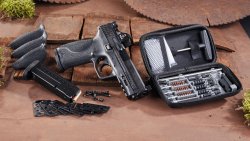
Polymer pistol models with more sporting ambitions are available from well-known manufacturers such as Heckler & Koch, SIG Sauer and Walther, but sometimes also from lesser-known brands such as Canik. Many 1911 producers are still somewhat coy in this direction. But brands such as Kimber and Nighthawk offer such equipped Government offshoots as standard, and manufacturers such as Ed Brown already offer suitably milled slides as gunsmithing supplies for custom guns. In principle, Government slides can be milled out relatively easily by a gunsmith to fit an MRDS, the breech offering enough meat for it. However, this is no longer a cheap pleasure.
Until two or three years ago, an open design was common for MRDS: a lens in front, the light emitting diode positioned in the rear area of the optic, with "fresh air" in between. This concept provides a lot of field of view despite the small dimensions and, of course, keeps the weight down. In extremely harsh conditions, however, the open design also has its disadvantages: protection from fall and impact, rain, mud and snow – such things put a completely enclosed reflex sight better away. The Swedish reflex sight specialists from Aimpoint know the way and launched with the Acro, a small, cuboid, completely enclosed model that should be recommended primarily for use by the military and LEOs. And the competition is not sleeping either: Holosun supplies a similarly small, completely enclosed reflex sight with the HE509T. From a sporting perspective, a conventionally designed MRDS with an open housing is normally enough. But for those who also shoot in any wind and weather, it is worth taking a look at the rugged small, completely enclosed devices.
Do you need additional sights or aids?
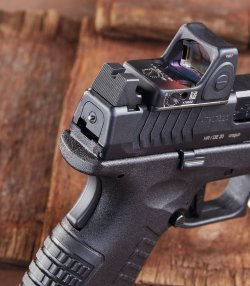
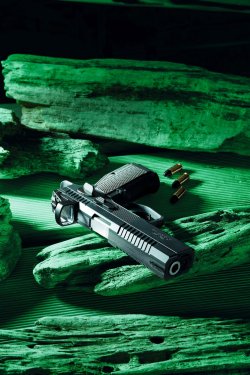
The reflex sight is different from the rear sight. You always have the latter in sight, even if you aim very quickly and even if the sight picture may look modest at first and have to be corrected. With a red dot sight-fitted pistol, on the other hand, it can happen with an unfortunate handgun aim that you look through the lens but do not see a dot. Then you start looking for the reticle, in the worst case horizontally and vertically in all directions. So what's the best way to equip the slide? Gun manufacturers take two approaches here. For defensive weapons, the red dot must be immediately visible under all conditions and in even the most unusual shooting positions – always, not usually. This then requires a rear sight and front sight as aids. In such a "co-witness" system, the iron sights guide the eye to the illuminated dot. Moreover, they cannot fail. Regardless of whether the dot is illuminated or not, the rear sight and front sight always produce a sight picture in an emergency, as long as you can still look through the lens of the reflex sight. The disadvantage is that you always see the rear and front sights around with you as a disturbing factor in the sight picture, even if your eye finds the illuminated dot immediately. And in the purely sporting field, with a little practice you pick up the dot immediately, regardless of whether you are more inclined to static disciplines or prefer competitions in which you start with a holstered gun. That's why most pistol manufacturers do without at least the rear sight on more sport-oriented models. The MRDS alone is then enthroned at the rear on the slide, and depending on its height, a standard front sight does not even appear in the sight picture: This is what CZ does with the Shadow 2 OR, Tanfoglio with the Stock II Optic, or Sphinx in the form of the Redback Carry Shield.


